Century history of the development of automotive safety
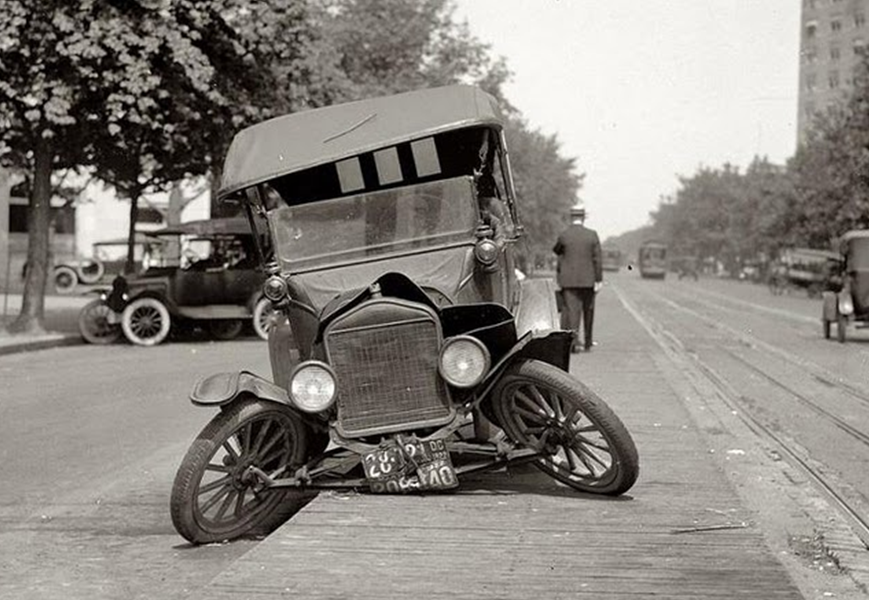
If modern automakers remembered copies of cars a hundred years ago, they probably would have been horrified: drum brakes and a solid steering column, like a peak, aimed at the driver's chest. But before the 1950s, these cars were produced en masse. Then the auto concern cared little about the safety of drivers and passengers; The emphasis was primarily on speed and, to a lesser extent, convenience. And only closer to the middle of the 20th century, it became obvious that the safety of a car is perhaps the most important stage of production and it should be given great attention. Let us recall the fascinating history of the development of automotive safety systems and how they have influenced the modern industry.
The first steps
Until the beginning of the 20th century, the first bodies of cars with ICE looked more like horse-drawn carriages. Some models did not even have a floor at first, but there were only seats for passengers, a folding roof and a primitive protective front bulkhead. The engine on such cars is usually located directly under the seats. By the beginning of the 20th century there were about twenty basic body types, which, following the example of a carriage, had French names.
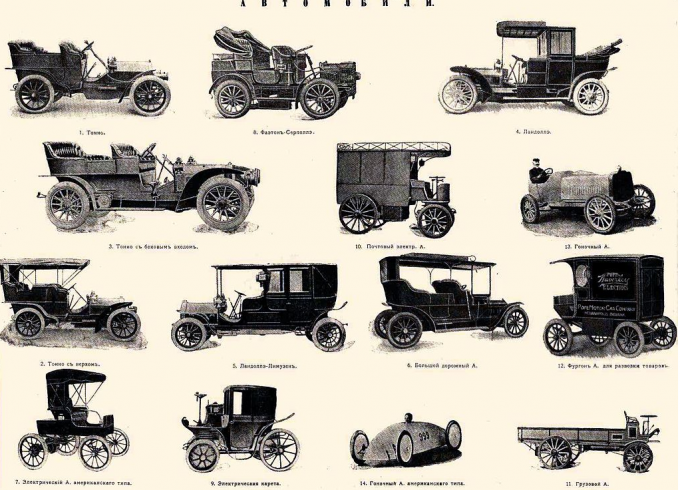
Gradually, more solid metals began to be used in the body structures. At about the same time, the confrontation between open and closed bodies occurred. Thus, the first Mercer Type 35 Raceabout sports car built in the USA in 1911 had an open body, while the English Lanchester had a completely hermetically sealed version. In subsequent years, automakers began to lean more and more toward closed bodies, as they were more practical and reliable, and open versions became rather a design element.
In 1905, the German mechanical engineer Frederick R. Simms installed the first bumpers in the Simms-Welbeck cars, in which pneumatic elements were installed to absorb the impact energy. So bumpers become an integral part of the car, and such American companies as Duesenberg and Lincoln were the first to give their bumpers a unique look.
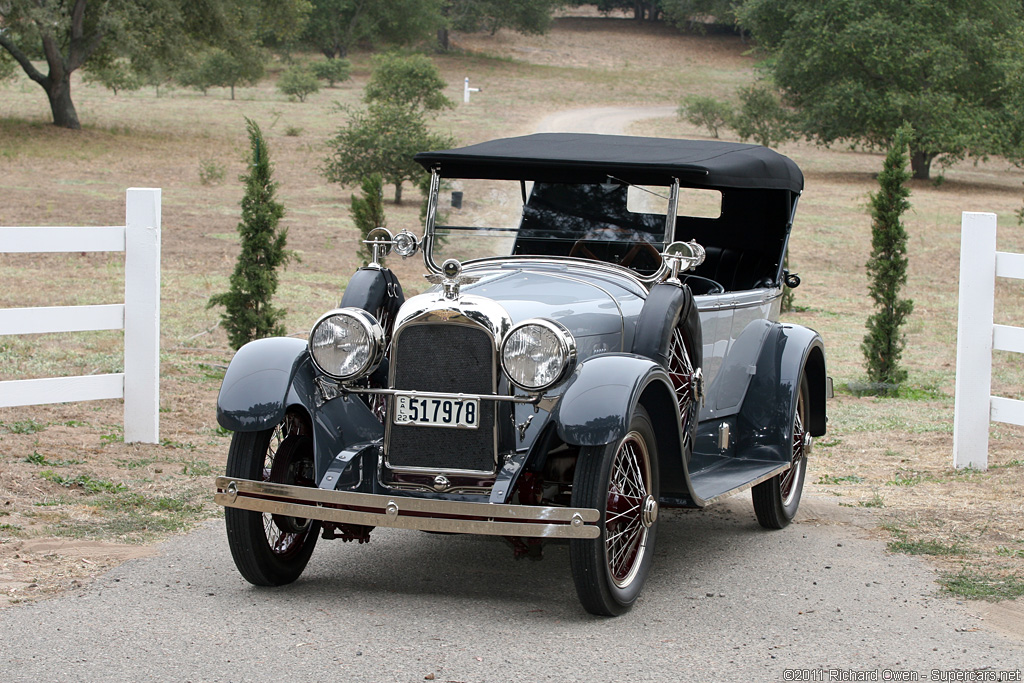
Surprisingly, already at the beginning of the last century, some cars were able to reach speeds of 100 km / h, so there was an urgent need to install an effective braking system. Strangely enough, but the first ones were the disc brakes, more familiar to us, patented by the Englishman Frederick Lanchester in 1902. However, they did not receive widespread use because they created a lot of noise and gnashing during use.
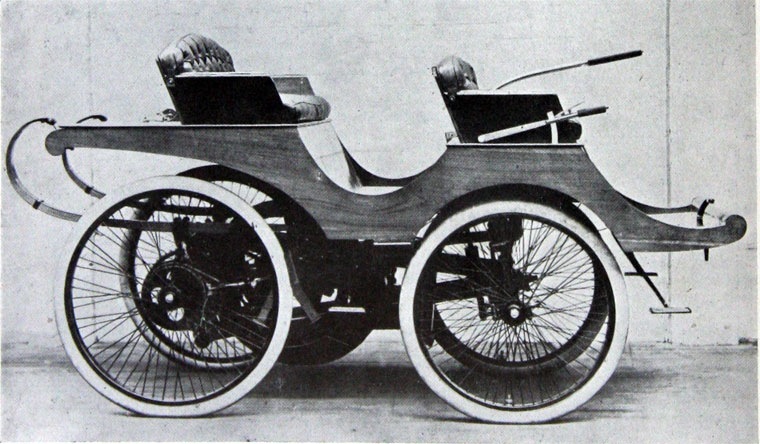
Up until the 1940s and 50s, the band first gained great popularity, and after the drum brakes, the pads of which were securely covered inside the drums. Initially, the brakes were installed only on the rear wheels. The brake system on all four wheels appeared only in 1910 on the Arrol-Johnston model. The first hydraulic brakes appeared in 1921 on the Model A Duesenberg. The hydraulic braking system required a lot of effort when the pedal was pressed, so in 1923 Louis Renault invented and patented the first mechanical amplifier, which was installed on all Renault production cars. The first two-circuit braking system (mechanical and hydraulic) was installed only in 1966 on Volvo cars.
With the increase in the speed and number of cars, engineers begin to introduce systems to facilitate the process of driving and eliminate many dangerous moments on the road. So, by 1916, most American cars were already equipped with wipers, and by the beginning of the 1920s, the first electric headlights were installed. In 1938, all Cadillac production cars had rear-view mirrors, wipers and fog lights.
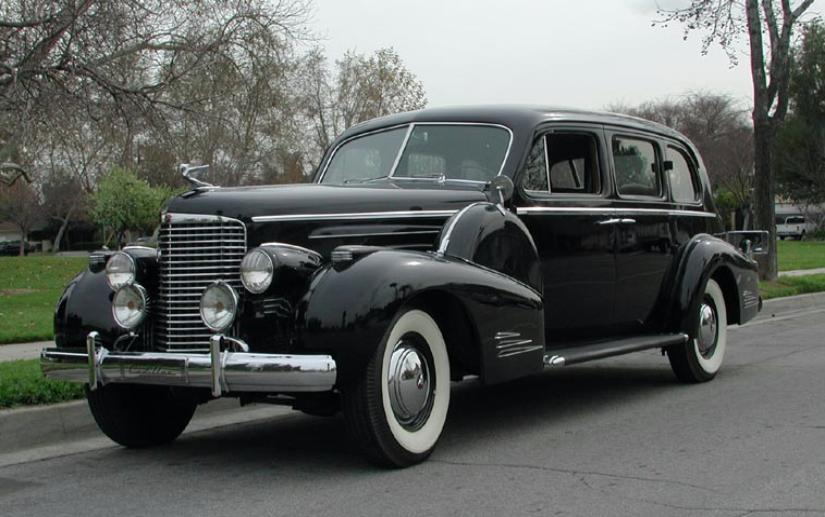
In 1928, shock-resistant windshields were first installed on Ford A cars. Thanks to the work of the Scotsman John Boydla Dunlop, who in 1887 invented and patented a bicycle inflatable tire, his invention quickly migrated to cars. Thanks to this, driving in cars has become much safer and more comfortable. In 1904, Continental developed the first embossed tires, which significantly increased the car’s handling. The first radial tires of the cord were developed by Michelin in 1946. By the way, such tires are still massively used now. In 1912, the American Evard Budd in his workshop invented the first all-metal body, which became widespread only in 1928.

With the growing popularity of racing, automakers began to pay more attention to the controllability of the car, so in the 1930s cars began to be made with bearing bodies. This was achieved by combining a metal body with a rigid frame. As a result, the maintainability and durability of the bearing elements increased with a noticeable decrease in the total mass of the vehicle. The first production car with a monocoque became the front-wheel-drive Citroen Traction Avant 1934 release. Later, instead of carrying the car body, they began to install a carriage frame, which provided a lower fit for the car, additional body protection and noise reduction. The first such cars were the serial "Volkswagen KdF" 1939 release.
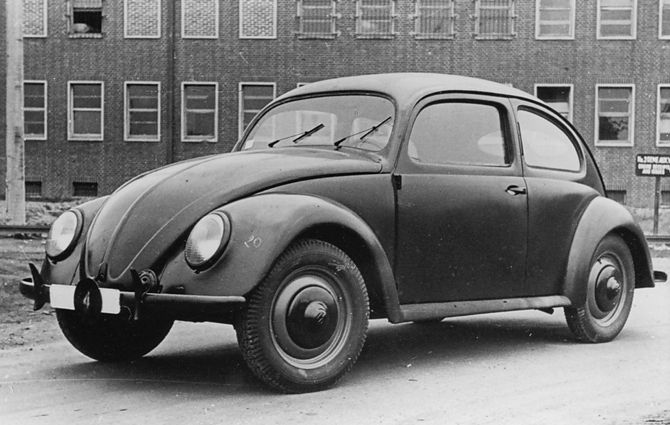
Passive safety
By 1950, cars gradually began to become not just a luxury item, but an ordinary means of transportation, requiring increased safety for the driver and passengers through the introduction of various systems and devices, which in the future would be called passive.
In the late 1940s, Volvo developed the concept of a high-strength frame (“residential capsule”), which reduces the impact force. In the future, the Swedish company will still make a significant contribution to the development of automotive safety, but first things first. In the middle of last century, many automakers are starting to do their own crash tests of cars.
In the early 1950s, Daimler-Benz employee Bela Bareni, later recognized as the “father of passive car safety,” proposed a revolutionary idea at the time to create a safe cabin.
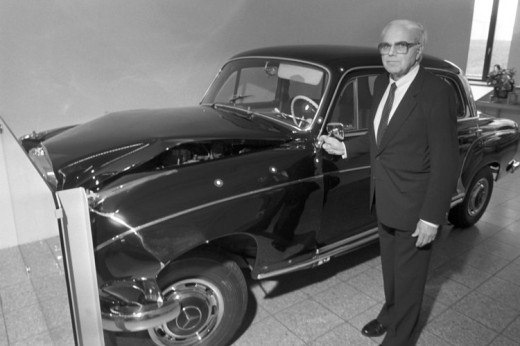
The concept was a combination of a shockproof “residential capsule”, which had enough free space for passengers and collapsing energy-absorbing zones in the front and rear of the car when struck. The essence of the technology was the conversion of kinetic energy due to the deformation of the elements of the body. Thus, the contact time with an obstacle increased by about ten times, inversely reducing the load.
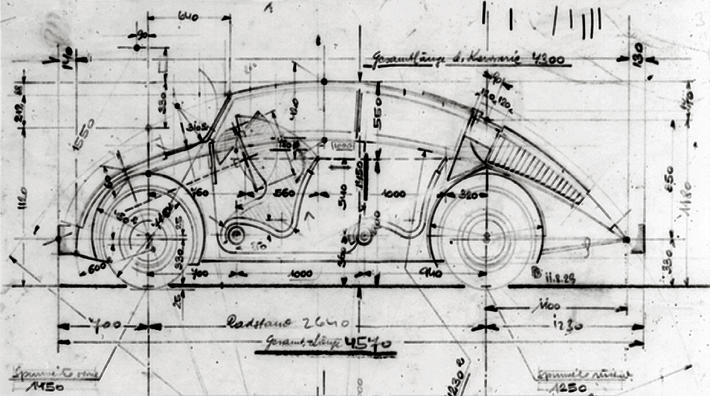
The development has received public recognition and has passed many crash tests, including for a head-on collision. The first cars to which the energy absorbing elements of the body began to be used were American premium-class passenger cars “Packard”, produced since 1952. The first car to fully incorporate the principles of passive safety proposed by Bareni was the Mercedes-Benz W111 which entered the market in 1959 year
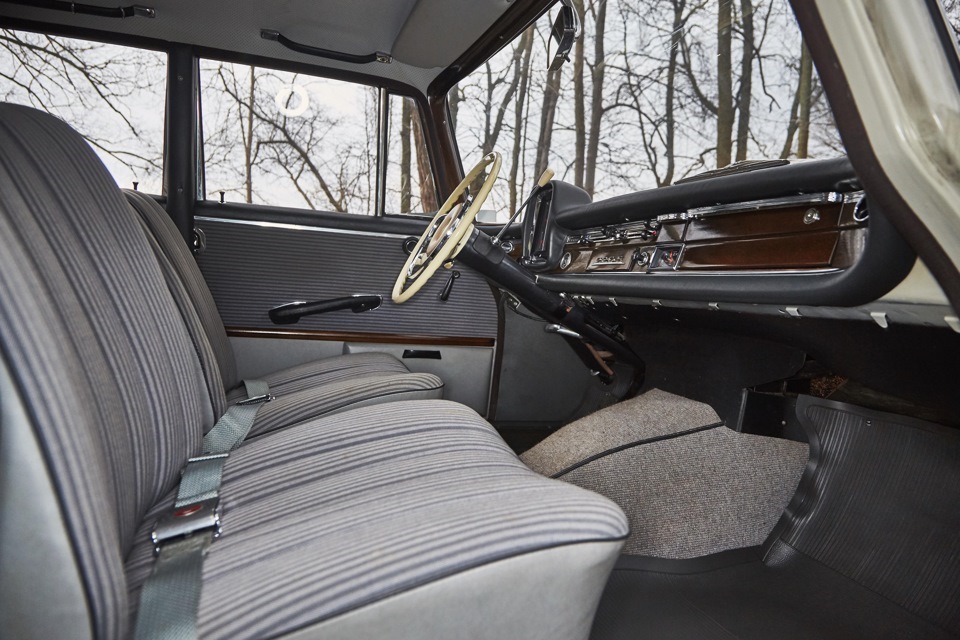
In 1954, the same Bareni offered a prototype steering column with a folding element, which in the event of a collision did not inflict severe injuries on the driver. For a long time, the development remained in the shadows, but after a few years it showed its full advantage over rigid telescopic structures.
In 1956, Ford began serially completing its cars with five-point seat belts, but the technology was not widely adopted. By the way, the first patent for a car seat belt was issued to an American by Edward Claghorn back in 1885. In the early 20th century, riders and pilots of airplanes most often used seat belts. The situation radically changed when in 1959 Volvo began to stock its production cars with a reliable three-point safety belt. The development, as is commonly believed, was not innovative: the first three-point seat belts appeared as early as 1902. However, the engineer of the Swedish company Nils Bolin managed to significantly refine the technology and make it as reliable and convenient to use. Bolin led the development of the belt for more than a year, and during that time he studied about 20,000 reports of accidents.
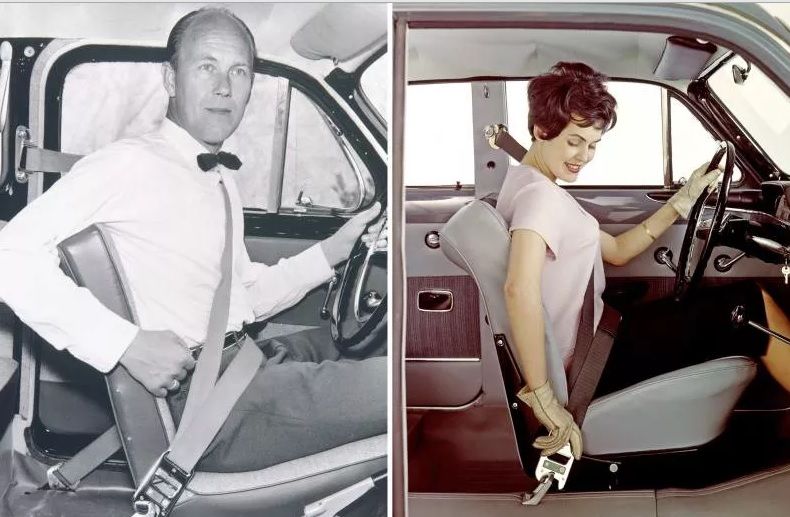
Following Volvo, by 1964, all new American cars began to be equipped with three-point seat belts, and two years later the device became the standard in the USA. In 1960, Volvo began installing a soft-lined front panel in its production cars that reduced the number of injuries to the face and chest. The company also became one of the first to start testing child safety seats in 1964 and install them on their cars.

It is worth noting that until the early 1960s, child seats were not generally considered a means of security, but were used to raise the child to the level of the eyes of other passengers. In 1978, the USA became the first country in which a law was passed on the compulsory transportation of children in special holding chairs. Another significant invention of Volvo in 1967 was the head restraints for the seats, protecting the neck and head of the passengers with rear bumps, which became the standard in the US two years later. In this form, the head restraints stayed on the market for almost 30 years, and it was only in 1995 that the Saab 9-5 first appeared active models that, due to inertia, activated a special mechanism that brought the head restraint back before head overturning, thereby reducing the impact force. Saab was also the first company to install energy-absorbing windshields on production cars in 1971 and, in 1977, side beams at the doors.
Gradually, the material of the car body became more durable and lightweight, and the interior elements were made of crushable or soft materials. But perhaps the most important element of passive safety are airbags. The first experiments with air bags to protect the driver and passenger sitting in the front seat were conducted by American engineers back in 1968, and only five years later they appeared at about the same time in production cars General Motors and Chevrolet.
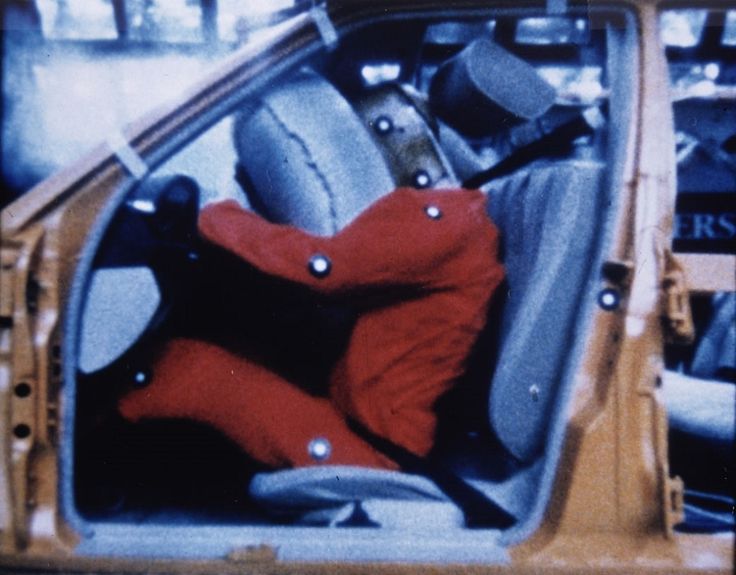
For the first time, an electronically controlled airbag was introduced on Mercedes S-class cars in 1980. Since then, the airbag technology has suffered many changes (analyzing the position of passengers before the impact, adjusting the operation algorithm depending on the situation), but the general principle of operation remained unchanged and this day.
The great success of the front airbags led to the fact that in 1994, Volvo is a model 850, in which side airbags were combined with stiffeners installed in the front doors. The company decided to go even further and installed inflatable curtains on the S80 sedan to protect passengers during a side impact. In 1996, Kia equips its Sportage SUV with knee airbags.
In the mid-2000s, at the initiative of international organizations for the protection of pedestrians, safety hoods were installed on cars, which, using squadrons, are able to rise automatically to protect pedestrians during an accident. One of the first cars with similar technology were Jaguar XK and Citroen C6. In 2012, the same Volvo on the model V40 began to install airbags for pedestrians, built into the hood.

Active safety
Until the beginning of the 21st century, development was conducted mainly to improve passive safety by improving the body and various systems; and not without result - in the course of half a century, the constructive safety of cars has increased several times, making it possible to save thousands of lives. But evolution does not stop here: the technologies that have already been developed are constantly being improved, new materials are being created, and so on. Recently, emphasis has been placed on the introduction of active safety systems - technologies that reduce the proportion of the human factor during an accident. And although this stage is still at the stage of its active development, a lot has already been done.
It all started in the distant 1970s, when Mercedes-Benz and several other companies began developing an electronic anti-lock system (ABS) that prevents the wheels from locking during emergency braking, thereby helping the driver not to lose control. For the first time this technology appeared on the model of the Mercedes-Benz 450 SEL in 1978 and then began to be installed on many domestic and foreign cars.

In 1995, Mercedes presented the first practical solution to a technology that simplifies the parking process called Parktronic. The system consisted of several ultrasonic sensors and a beeper indicator (buzzer). The principle of operation of the technology was quite simple: the sensors measured the distance to the obstacle, and the beeper, by changing the sound signal, warned the driver when to stop.
From 1987 to 1992, Mercedes-Benz, together with Bosch, has been developing an electronic vehicle stability control system during abrupt maneuvers called the Electronic Stability Program (ESP). In 1995, the technology was refined and named "Electronic Stability Control" (ESC). The first cars that began to supply such systems have become Mercedes A-class since 1997 release.
The mid-1990s were marked by the rise of GPS technology with artificially low accuracy of up to 100 meters. Allowing civilian use of the system allowed the introduction of new automated systems in cars. In 1997, Mercedes cars, and two years later, the BMW e38 and Toyota Celsior began to use adaptive cruise control technology, which allows them to automatically maintain a given speed of movement.
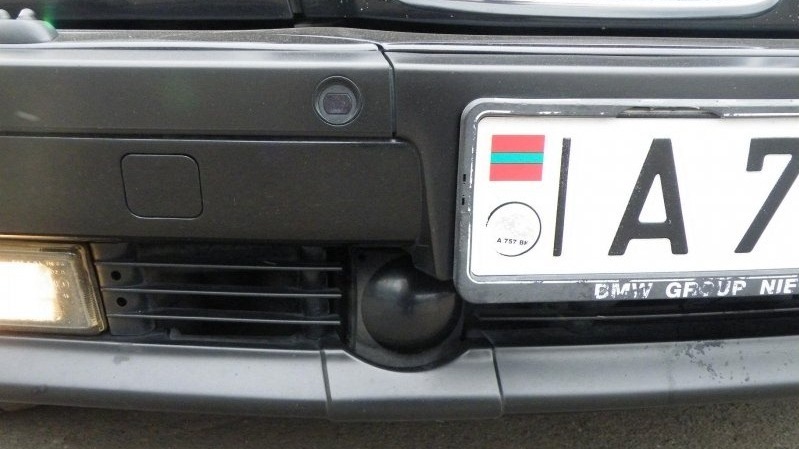
Cruise control depends on the ABS and ESC systems - if they fail, the function is disabled.
In 1997, the European committee on conducting independent crash tests of cars with the assessment of passive and active safety Euro NCAP begins work. The Volvo S40 becomes the first car with 4 stars to protect adult passengers, and the first owner of 5 stars is recognized as Renault Laguna in 2001.
In 2007, Volvo introduced the technology of monitoring blind spots on the S80 sedans, and a year later equips the XC60 with another innovative development - an autonomous braking system. You can read about other innovations in the world of automotive electronics and security systems in our blog .
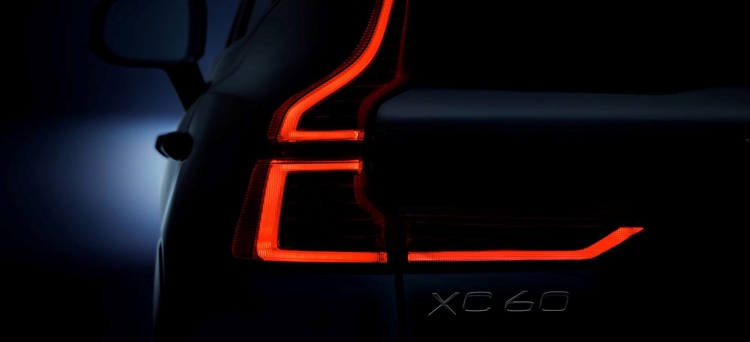
Total
Of course, in one article it is impossible to fully describe the evolution of automotive security systems. The only thing that can be said with confidence is that in a little more than a hundred years the car has changed beyond recognition. Now it is no longer just a means of transportation, it is also a platform for the introduction of innovative technologies. In recent years, most companies have switched to the development of unmanned vehicles that require the creation of new security systems.
All Articles